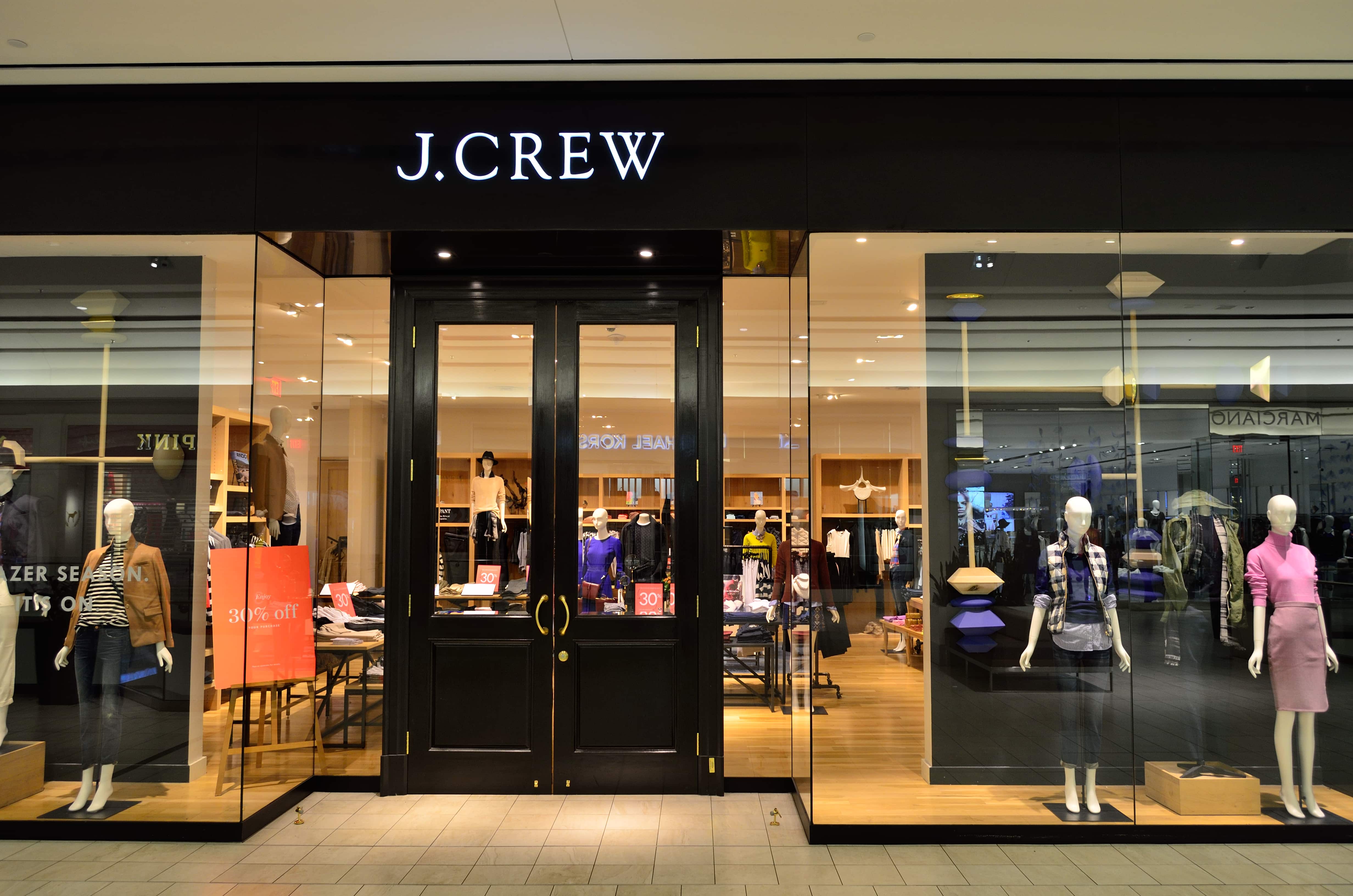David Miller
Head of Boston, WiredScore
Age: 31
Industry experience: Nine years
Online connectivity is as important to workspaces in commercial buildings as traditional building systems such as plumbing and heating, and WiredScore offers landlords and tenants a certification system to confirm occupants can log on reliably. David Miller leads the Greater Boston region for the New York-based company, which has certified approximately 56 million square feet at Greater Boston properties owned by landlords including DivcoWest, Tishman Speyer and The Davis Cos. as they promote their properties to potential tenants.
Q: How will COVID-19 change what’s considered must-have technology in an office building?
A: Technology is going to be a key aspect to the changes that building owners/developers will need to make to deal with health concerns in buildings moving forward. External body temperature-sensing cameras, contactless access control and density sensors are all things that we see the industry starting to look at. These are all great technologies but need to be tied back to a core building network so having that foundational infrastructure in place is key for fast and efficient deployments of whatever tech the owner chooses to go with.
Q: How has the Boston Planning & Development Agency’s requirement that developers provide information on building connectivity changed how the industry thinks about this topic?
A: What it’s affected is how building owners are looking at connectivity. There’s no direct reference to WiredScore, but there’s an indirect connection. Previously, connectivity infrastructure for new construction was an afterthought. The city and BPDA’s hope was this questionnaire would help developers start to think about it when they should be, and we’ve absolutely seen that. People are putting in really thoughtful answers.
The first step for a lot of the owners with older buildings is figuring out what they have. The truth is, sometimes you have great connectivity. Past tenants have brought in great connectivity, but owners and building managers don’t know what’s in their building. From our perspective, step one is figuring out what you have. Step two is we help understand where some deficiencies might lie. We’re not going to tell owners they have to make those improvements today, but [they should] put it on their radar so they can put it in their budgeting. We’re seeing owners say, “If I don’t make these changes now, I’m going to have to scramble to do it at the request of an incoming tenant.”
Q: What are the growth opportunities for WiredScore in Greater Boston?
A: One of the coolest things for me has been seeing our clients test the waters and do a project or a handful, and come back after we’ve finished those. Boston Properties started with a pilot and they’re rolled out roughly 20 properties in Greater Boston that are either certified or undergoing certification right now. And the other one is new construction. There is so much lab and life science stuff going on.
Q: How can landlords quantify their return on investment from a WiredScore rating?
A: From a new construction standpoint, it’s probably the biggest one. I like the phrase, “Don’t play with concrete.” Our goal is to come in early, sit at the design table with the architect and developer and engineers, to make sure of the needs of tenants on day one and down the road. Making a mistake in the infrastructure of the building can be massively expensive. Whether it’s coring another conduit through a riser, or another point of entry digging up the street and disturbing the public realm, we are able to take a hyper-focused look at the infrastructure. They’ll see a return on investment to ensure their design is aligned with the needs of the tenants.
Q: What’s the next tech infrastructure wrinkle that landlords and tenants should keep an eye on?
A: Everyone is buzzing about 5G and how they get ready as a building owner. We’ve got 80 percent of all mobile traffic originating from inside buildings, but at the same time building materials are getting more energy-efficient which blocks out the radio energy from the cell signal. 5G will have a harder time getting through the building materials, so consulting on 5G-readiness and mobile planning is one area we’ve been focused on a lot. There’re a few different ways, but a distributed antenna system [also called a DAS] is the main way owners can improve coverage. Again, it’s back to the communication breakdown between the two industries. There’s a lot of challenges to employing a DAS in a building. The three main wireless providers have a lot of different financial models and vendors, and WiredScore plays a part in helping our clients navigate the questions and get a DAS into the building. For a standard 20,000-square-foot office tower floor plate, you’d probably be looking at around four and that includes vertical distribution in the risers as well as to tie all of those together and the equipment in the basement to process all the signals.
Miller’s Five Favorite Redevelopment and Repositioning Projects in Massachusetts:
- Innovation and Design Building, South Boston
- POST at 200 Smith, Waltham
- L Street Power Plant, South Boston
- 1 Post Office Square, Boston
- The Beat, Dorchester
Updated: 11:13 a.m. May 4, 2020: This story has been updated to correct the list of WiredScore’s clients. Its clients include Tishman Speyer.




 |
| 

